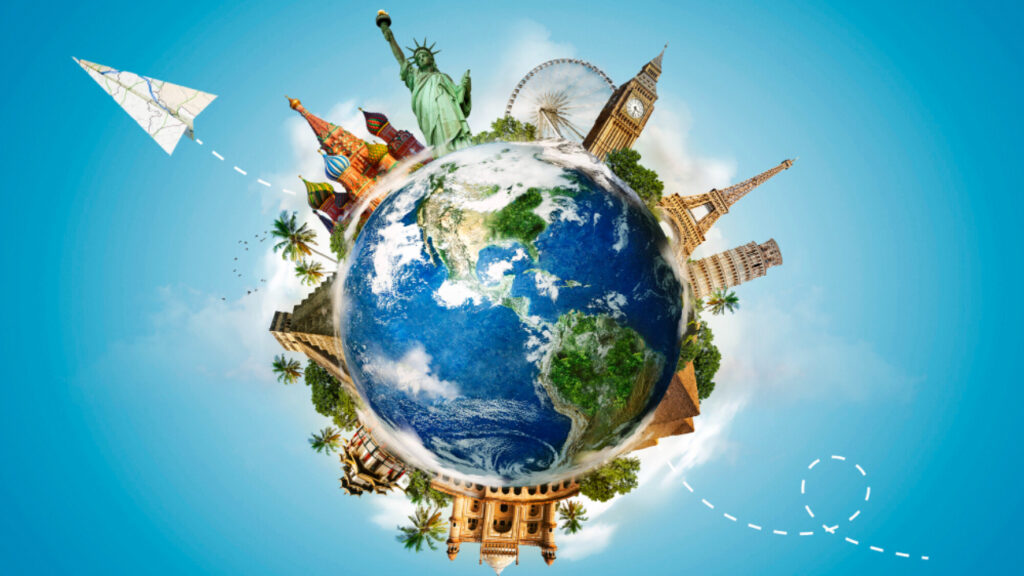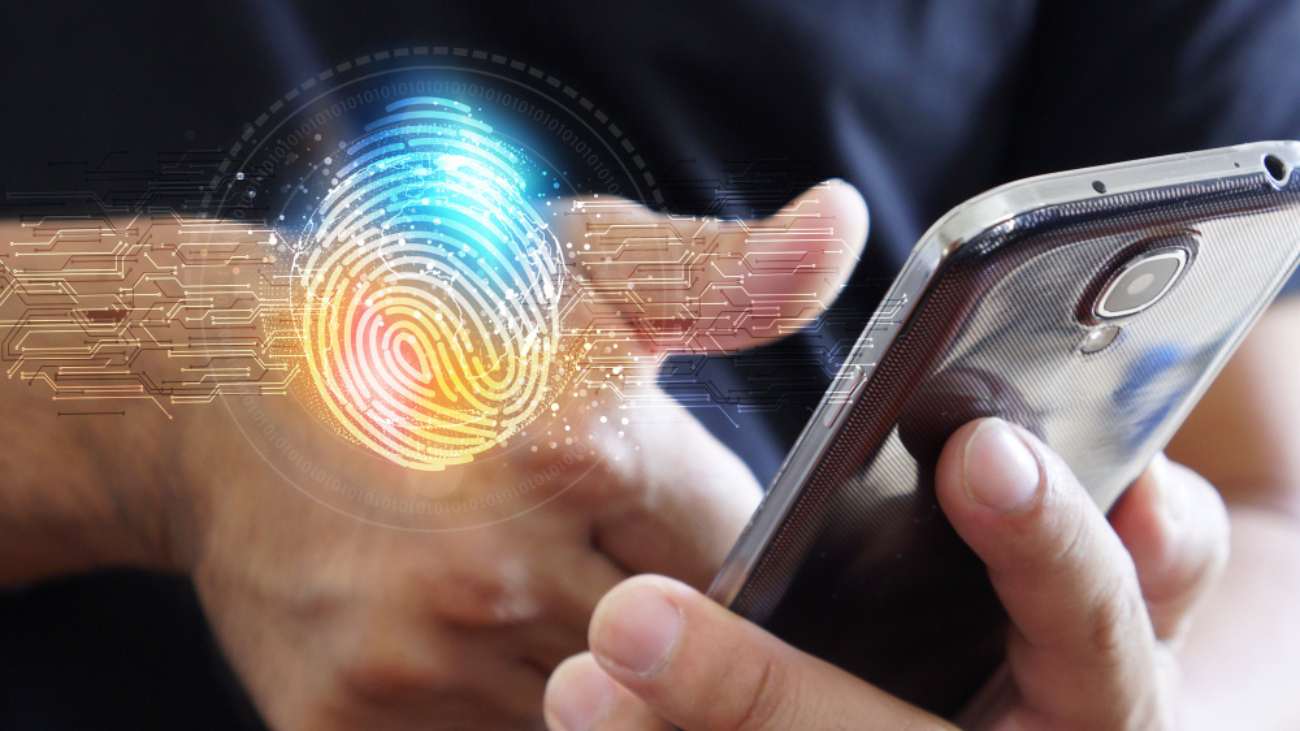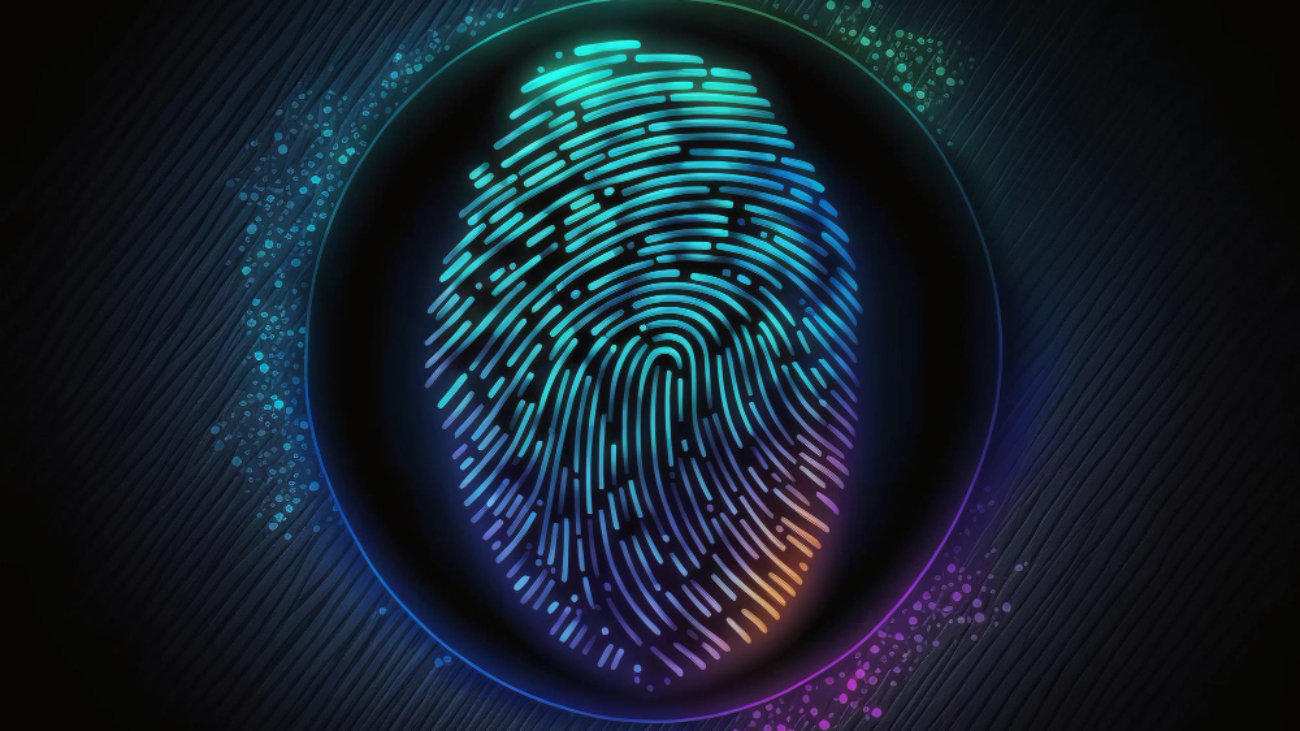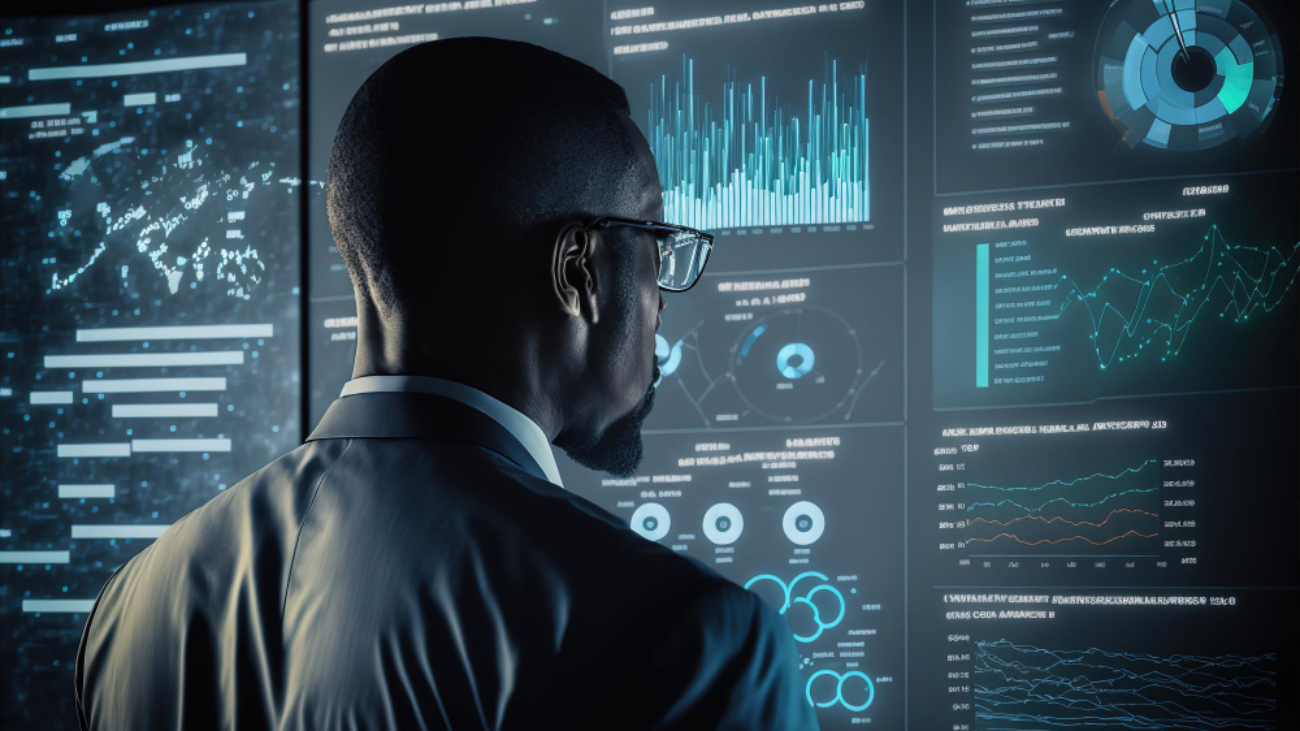People can be identified with their biometrics data. Physical characteristics of people have been used for identification for many decades. Many new technologies like fingerprint readers and iris scanners have emerged in recent years. These devices combined with appropriate software programs are being used extensively for identification across many industries where correct identification of individuals is a priority. There are many opportunities and challenges in using this technology in the travel industry.
Biometrics Opportunities
This technology can be used for its standard application of identifying each person correctly stated Bahaa Abdul Hadi. New technologies like facial recognition are being used at many places. A combination of fingerprint scanning, iris scanning and facial recognition is used for maximum correctness and validation of ID. Travel industry uses biometrics to improve security at airports and borders. Biometrics-based identification not only improves security but also speeds up the identification process at busy places like airports.
The travel industry sees many opportunities in using biometrics. Physical characteristics and other data of a traveler can be validated quickly with the help of biometrics identification. Travel documents of travelers can be confirmed quickly. The check-in process can be made faster with the help of this technology. This fast identification not only improves experience of travelers but also reduces the management and operational costs of the airport operators and government departments. They do not need that much infrastructure and personnel for identity verification of passengers.
Biometrics Challenges
The travel industry faces many challenges when using biometrics for the identification of individuals. Most people are concerned about their personal data being misused. The operators that collect biometrics data of people have to ensure this data is protected. People share their sensitive personal information by trusting the operators that collect this data. If a travel company is unable to protect this data, affected individuals face the risks of security threats and frauds.
Another challenge is that some of these technologies are not as advanced as touted. For example, fingerprint scanners are sometimes unable to detect the fingerprints of old people. Facial recognition technology can fail if the face of the person has changed significantly over the years and an old data is being used to match the ID. The technology uses software programs where biases can creep in if the programmers rely on common information and perceptions to build the programs. Sometimes facial recognition scanners are unable to identify the people of color correctly.
The travel industry faces the challenge of making sure all stakeholders of this industry across the world use standard biometrics technologies. The problem is that at present there are no international standards for biometrics. The industry has to come together and develop standard biometrics technologies. Governments across the world have to develop standard laws and regulations that work the same even beyond their borders.
Thank you for your interest in Bahaa Abdul Hadi blogs. For more information, please stay tuned to www.bahaaabdulhadi.com







